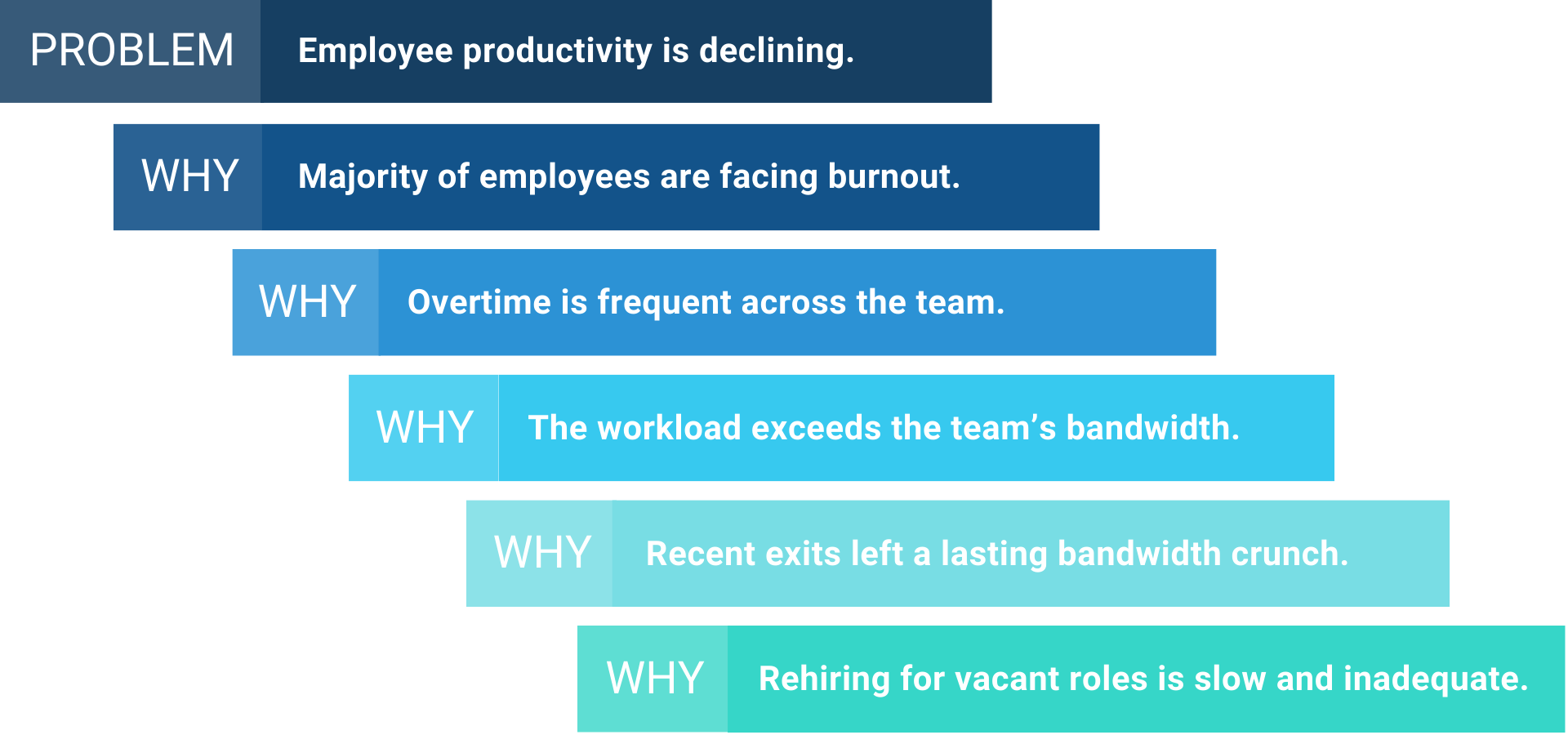2 min read
Eshna Gupta
19 October 2023
🏆 The People-led Newsletter is your bi-monthly dose of real-world stories, actionable tips, and science-backed insights from experienced people leaders.
Subscribe to the newsletter to continue receiving regular updates and read all previous editions.
From spreadsheets to sophisticated dashboards, the changing face of People Analytics has changed the entire HR function from an intuitive function to a strategic, scientific one.
People analytics is a necessity now, with 85% of people leaders globally declaring it crucial. As it expands further, it will eventually cover the entire HR landscape.
🎤 “These days, HR tries to talk like Finance.”
HR revolves around humans and their individual experiences. It cannot simply follow suit of naturally number-oriented functions.
To be truly people-led, it needs to ensure that the ‘people’ factor in ‘people analytics’ finds an equal footing with the ‘analytics’ one. Here’s how it can be done:
‘Data sense’ is the ability to turn data into knowledge.
‘People sense’ is the ability to discern the human experience behind each data point— motivations, perceptions, experiences, and emotions—from a psychological lens.
Turning people insights into effective people decisions demands the right people analytics aptitude, consisting of both.
External variables might not be a part of the problem but can have a great influence. Understanding them can prevent premature or misdirected action.
Contexts might be ‘individual’ such as personal needs, traits, health conditions, etc. or ‘situational’ such as market shifts, organizational restructuring, leadership changes, etc.
Evaluate present and potential impact of each factor to boost the success rate of your solutions.
Data relieves us of the discomfort of not knowing. It’s tempting to accept data’s answers, act on them, and end our anxiety.
Instead of taking those answers at face value, try turning your discomfort into curiosity. You'll uncover some hidden truths.

You can weed out issues from the roots, once you get to those roots.
“We have charts and graphs to back us up. So f** off.” read the laptop sticker of every new employee in Google’s People Analytics team once.
It might offend some or amuse some, but to all, it highlights the bias towards numbers which often ends debates instead of enriching them.
🎤 “Every time you get into a meeting room with someone with a spreadsheet, you've lost the discussion already."
 Kartik Rao, Group CPO, The GoodGlammGroup
Kartik Rao, Group CPO, The GoodGlammGroup
The bias exists because of two assumptions:
This create a false sense of accuracy and underestimates human complexity, even when people-decisions demand observational and subjective judgement.
Google’s People Analytics team might need to recall that Prasad Setty, one of its own founding leaders, said that the goal of People Analytics is to “complement human decision makers, not replace them.”
Sometimes, data might bring dilemmas instead of answers.
When it does, do you still choose to follow it? Is it because it’s safe to stick to numbers?
We can't deny that humans are irrational, their actions don’t always follow past behavioural patterns, and data might not be able to explain it. In such cases, seemingly illogical perspectives can yield transformative insights provided they are paid attention to.
Though if you’re scoffing at what you just read, I’ll just leave it at this:
🎤 “In the current system, you're more likely to get fired for being radically illogical yet right, than for being mediocrely predictable yet wrong.”
 Kartik Rao, Group CPO, The GoodGlammGroup
Kartik Rao, Group CPO, The GoodGlammGroup